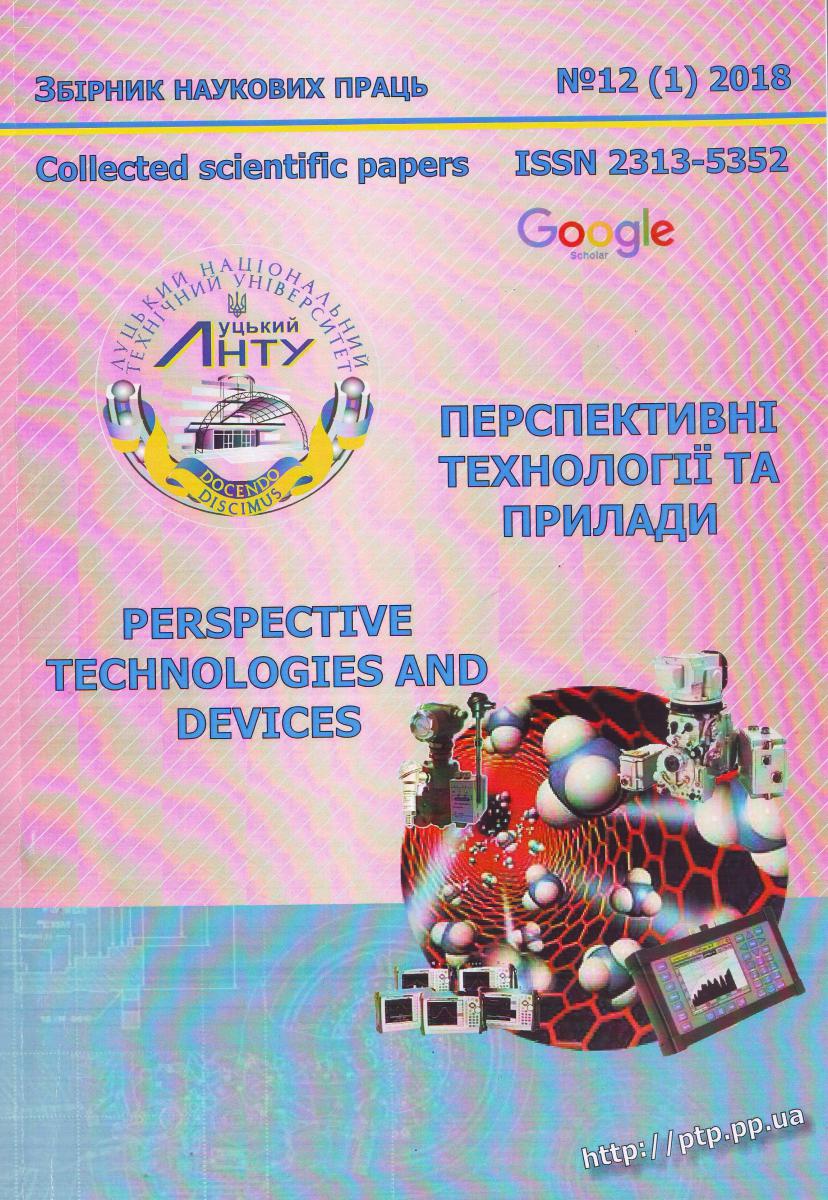STUDY OF THE RADIAL-CIRCULAR GEAR CUTTING PROCESS, WHICH IS PERFORMED WITH DIFFERENT FEED DIRECTION
Abstract
The results of the study of the process of gear cutting by the radial-circular method, carried out according to two schemes - with axial and radial feed. The studies, based on the analysis of the parameters of the cuts, chip deposition, cutting forces and the cutting time of the operation, showed that they differ significantly in all the analysed parameters. In the case of cutting with radial feed, the intensity of the process is significantly higher and the main machining time is reduced. At the same time, an increase in the cutting force threatens to increase the elastic deformation of the thin disc cutter as a cutting tool, which in this method performs the cutting movement and gear profile formation under conditions of continuous tooth generation, as is the case in hobbing and pover skving. This can lead to a reduction in machining accuracy and increased tool wear. In addition, radial cutting is limited to gears of small width, but there is no additional cutting path and runout, and the machining time is reduced. The optimum gear cutting scheme is a combination of two methods - starting cutting with radial feed to eliminate the cutting path, followed by a transition to cutting with axial feed over the full width of the gear.

 https://scholar.google.com.ua/citations?
https://scholar.google.com.ua/citations?

